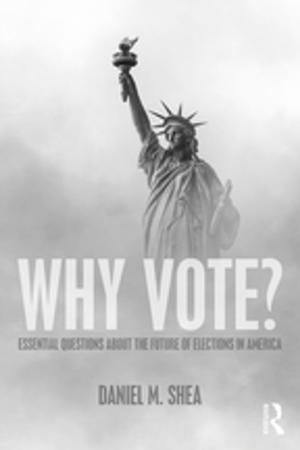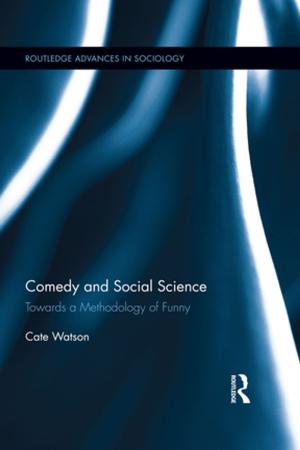| Author: | Frances Tustin | ISBN: | 9780429911125 |
| Publisher: | Taylor and Francis | Publication: | March 21, 2018 |
| Imprint: | Routledge | Language: | English |
| Author: | Frances Tustin |
| ISBN: | 9780429911125 |
| Publisher: | Taylor and Francis |
| Publication: | March 21, 2018 |
| Imprint: | Routledge |
| Language: | English |
This is Frances Tustin's first book and the original statement of her views on autistic states of mind and the genesis of varieties of childhood psychosis. In it, she tackles problems of diagnosis as these relate to therapeutic intervention. Autism and Childhood Psychosis was first published in 1972 by Hogarth, London, and a year later by Jason Aronson, New York. Subsequently, it was translated and published in France, Italy, Brazil and Argentina, where it is now in its third edition. In France, it is a livre de poche. Twenty years ago, the book was greeted by a group of Italian therapists working at a unit for psychotic children at the Institute of Childhood Neuropsychiatry, Rome University, as "a ship coming into harbor bearing precious cargo". Here was a theoretical model that provided an anchor for therapists bewildered by the array of bizarre behaviors that seemed to defy scientific explanation and human intervention.
This is Frances Tustin's first book and the original statement of her views on autistic states of mind and the genesis of varieties of childhood psychosis. In it, she tackles problems of diagnosis as these relate to therapeutic intervention. Autism and Childhood Psychosis was first published in 1972 by Hogarth, London, and a year later by Jason Aronson, New York. Subsequently, it was translated and published in France, Italy, Brazil and Argentina, where it is now in its third edition. In France, it is a livre de poche. Twenty years ago, the book was greeted by a group of Italian therapists working at a unit for psychotic children at the Institute of Childhood Neuropsychiatry, Rome University, as "a ship coming into harbor bearing precious cargo". Here was a theoretical model that provided an anchor for therapists bewildered by the array of bizarre behaviors that seemed to defy scientific explanation and human intervention.















